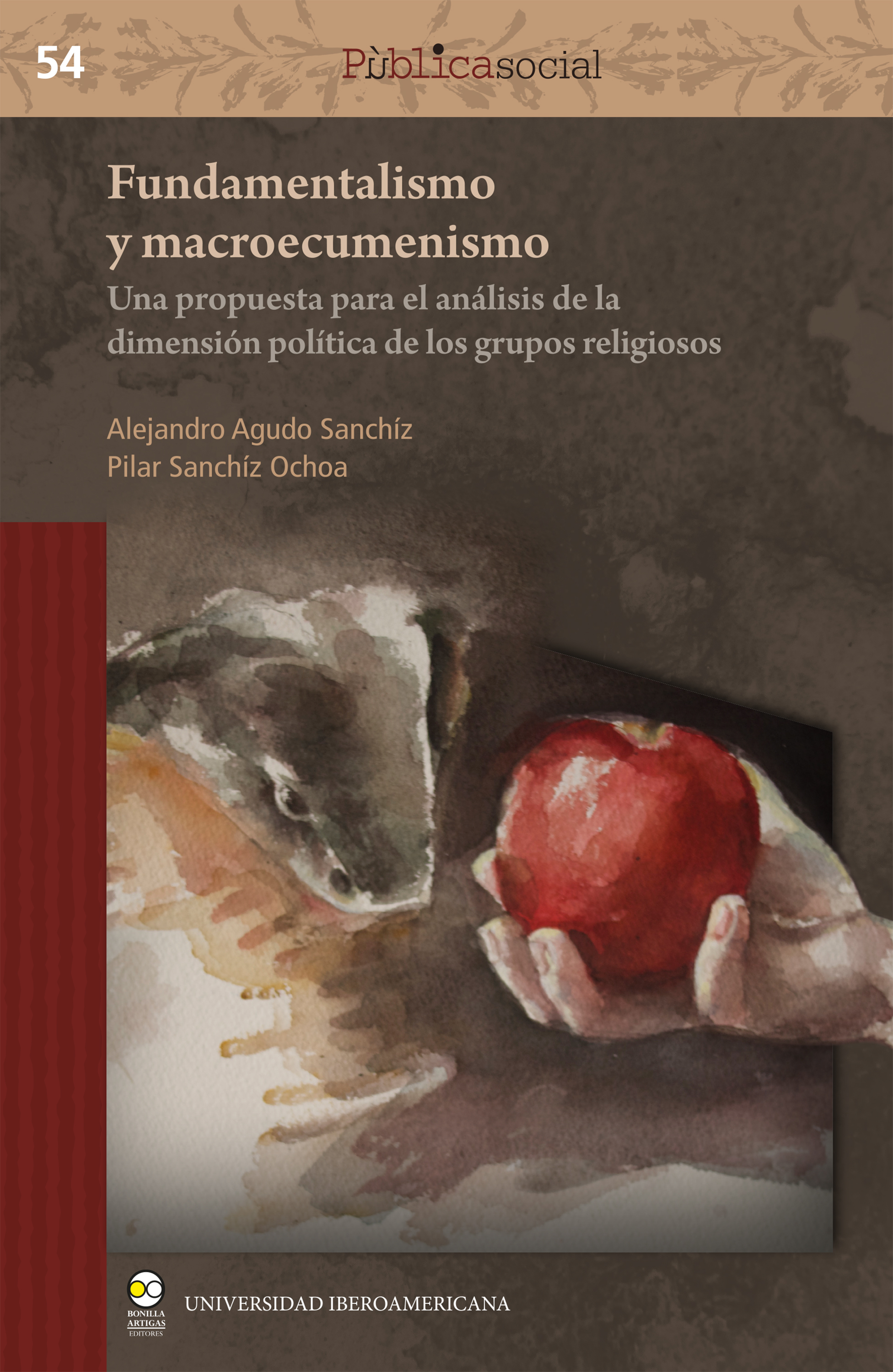Libros relacionados
 |
Fundamentalismo y Macroecumenismo: una Propuesta Para el Análisis de la Dimensió Agudo Sanchíz, Alejandro Bonilla Artigas Editores |
 |
Subjetividades de la Megaurbe Mexicana: de la Articulación Estética a la Partici Ivonne Sánchez Becerril, Sebastian Thies, Arturo Alvarado Bonilla Artigas Editores |
 |
La Configuración Corporativa del Sindicato Nacional de Trabajadores del Seguro S Ocampo Merlo, Rodrigo Eduardo Bonilla Artigas Editores |
 |
Poder Social. Instituciones de Participación Ciudadana Armando Rendón Corona Bonilla Artigas Editores |
 |
Contrapoder y Dominación: la Paradójica Experiencia del Poder en Lo Político Mora Martínez, Roberto Bonilla Artigas Editores |
 |
Derecho, Despojo y Luchas Sociales: Análisis Sociojurídicos y Testimonios de Lu Hernández Cervantes, Aleida; López Bárcenas, Francisco Bonilla Artigas Editores |
 |
Mujeres en Círculo: Espiritualidad y Corporalidad Femenina Ramírez Morales, María del Rosario Bonilla Artigas Editores |


|
Título: Telling Stories: The Use Of Personal Narratives In The Social Sciences And Histo | |
| Autor: Maynes Mary Jo | Precio: $399.00 | |
| Editorial: Cornell University Press | Año: 2008 | |
| Tema: Ciencias Sociales | Edición: | |
| Sinopsis | ISBN: 9780801473920 | |
| In Telling Stories, Mary Jo Maynes, Jennifer L. Pierce, and Barbara Laslett argue that personal narratives_autobiographies, oral histories, life history interviews, and memoirs_are an important research tool for understanding the relationship between people and their societies. Gathering examples from throughout the world and from premodern as well as contemporary cultures, they draw from labor history and class analysis, feminist sociology, race relations, and anthropology to demonstrate the value of personal narratives for scholars and students alike.
Telling Stories explores why and how personal narratives should be used as evidence, and the methods and pitfalls of their use. The authors stress the importance of recognizing that stories that people tell about their lives are never simply individual. Rather, they are told in historically specific times and settings and call on rules, models, and social experiences that govern how story elements link together in the process of self-narration. Stories show how individuals' motivations, emotions, and imaginations have been shaped by their cumulative life experiences. In turn, Telling Stories demonstrates how the knowledge produced by personal narrative analysis is not simply contained in the stories told; the understanding that takes place between narrator and analyst and between analyst and audience enriches the results immeasurably. |
||
Librería Bonilla SA de CV © Todos los derechos reservados. 2019
Última actualización: Jul 2019







